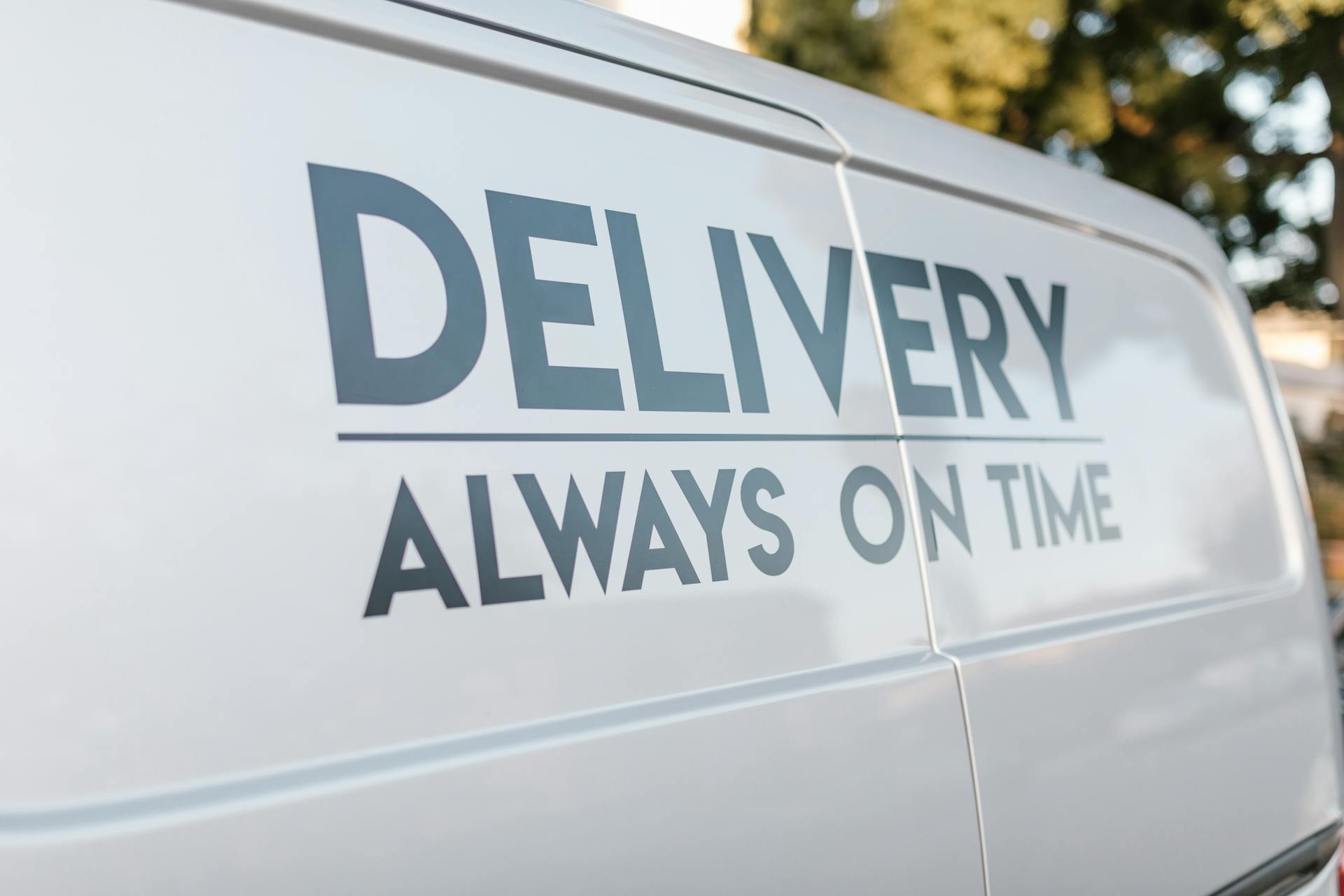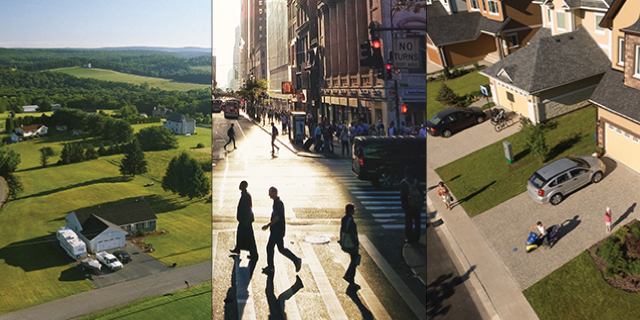Geographic and Infrastructure Limits
Comparing city systems to countryside networks sap wfs, worldwidef
Urban and rural areas differ significantly in geography and infrastructure. In cities, roads are dense, paved, and interconnected, supporting fast deliveries with multiple route options. In contrast, rural areas often have limited road access, greater distances between destinations, and less-developed infrastructure. These differences directly impact delivery efficiency and require customized strategies. Integration with platforms like sap wfs is especially valuable in navigating these conditions, offering adaptive solutions for route planning and communication.
worldwidef networks also play a vital role by extending reach to remote areas, enabling real-time adjustments when infrastructure issues arise. While cities benefit from well-established grids, rural deliveries face the obstacle of sparse and sometimes unreliable pathways.
Adapting Vehicles and Route Design
Customizing transport for different terrains
Urban deliveries generally use smaller vehicles such as scooters or compact vans to navigate traffic and narrow streets. Multiple stops within a short radius are common. However, rural logistics often require larger vehicles with greater fuel efficiency, as stops are spread far apart.
Advanced routing tools like sap wfs can tailor delivery paths according to population density, weather, and road accessibility. In rural regions, longer routes with fewer deliveries per trip make efficiency harder to achieve. Conversely, urban routes must account for traffic congestion, frequent stops, and parking limitations.
Workforce and Staff Allocation
Balancing human resources across regions
Staffing models also diverge between city and rural operations. Urban logistics benefit from a larger pool of available workers who can handle short shifts with high package volume. In contrast, rural deliveries require fewer personnel covering much larger areas, often involving longer hours per delivery route.
Using tools such as sap wfs , logistics managers can analyze workload distribution and optimize staff deployment accordingly. Rural routes might demand more flexible scheduling, while urban operations require tight coordination during peak hours. In both settings, systems like worldwidef help synchronize personnel and delivery timing to meet local demands.
Local Hubs and Distribution Points
Establishing effective logistical centers
The placement and purpose of distribution centers vary between environments. In urban zones, micro-fulfillment centers close to customers allow rapid, same-day delivery. Their proximity reduces transportation time and helps ease traffic burdens.
Rural logistics depend on larger but fewer hubs to service wide territories. These hubs often rely on batch processing and less frequent delivery schedules. Linking rural centers to global networks like worldwidef ensures consistent delivery performance despite the distance. Planning tools from sap wfs can help determine optimal hub locations to minimize operational lag.
Delivery Costs and Economic Factors
Finding financial balance in delivery plans
Urban logistics often involve higher labor and facility costs due to wage rates and real estate prices. However, the cost per package delivered tends to be lower due to route density. Rural logistics present the opposite scenario—lower overhead but significantly higher costs per delivery, driven by distance and limited drop-offs.
Cost analysis through sap wfs enables decision-makers to calculate delivery efficiency with accuracy, factoring in time, fuel, labor, and maintenance. In both urban and rural contexts, financial strategies must align with geographical realities. Partnerships within worldwidef may offer shared distribution models to reduce costs in remote regions.
Flexibility and Contingency Planning
Adapting to unpredictability in both zones
Urban areas are affected by fluctuating traffic patterns, roadworks, and access restrictions. Rural areas face weather disruptions, unpaved routes, and wildlife interference. Flexibility in route design and contingency planning is essential for delivery success.
Technologies like sap wfs support dynamic route updates and enable quick rerouting during disruptions. worldwidef platforms can provide cross-region coverage, ensuring deliveries continue even when local issues arise. A resilient delivery system accounts for these variances to maintain service quality.
Service Expectations and Timelines
Meeting unique delivery speed demands
Customer expectations differ by location. In urban areas, rapid delivery is often assumed, especially with local fulfillment centers in place. Rural customers, while more understanding of delays, still expect reliable service windows.
Proper communication, accurate tracking, and realistic timelines—supported by sap wfs and worldwidef —help set and meet expectations. Whether in the heart of the city or the edge of a forest, the delivery experience must remain consistent.
Bridging the Urban-Rural Divide
Strategic planning for balanced logistics
Creating parity in service between urban and rural areas requires careful planning, adaptive technology, and the use of scalable platforms. sap wfs enables logistics providers to apply data-driven models suited to varying delivery environments, while worldwidef ensures those services can be extended across regional boundaries.
As logistics continues to evolve, providers must address geographic challenges with tailored solutions. The goal is to maintain speed, reliability, and efficiency—regardless of destination.







The approach to last-mile delivery optimization is impressive.
The blog offers valuable tips for sustainable logistics operations.